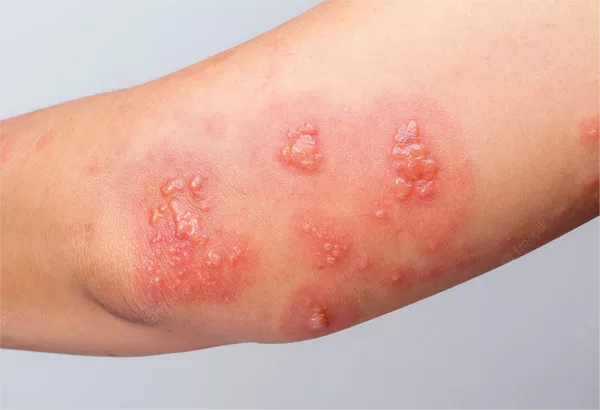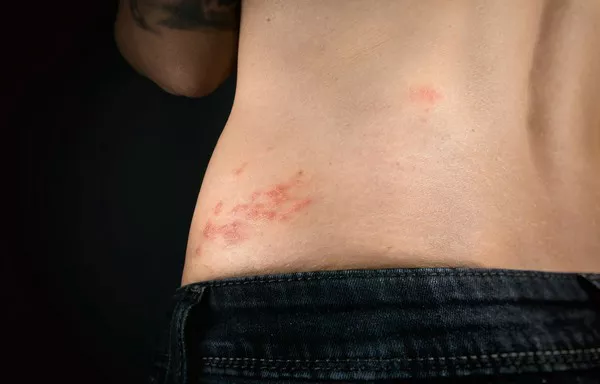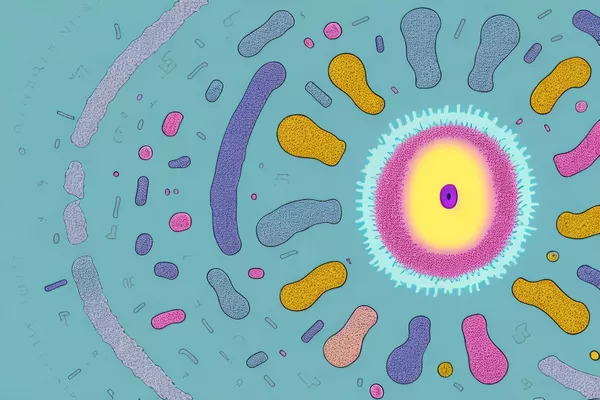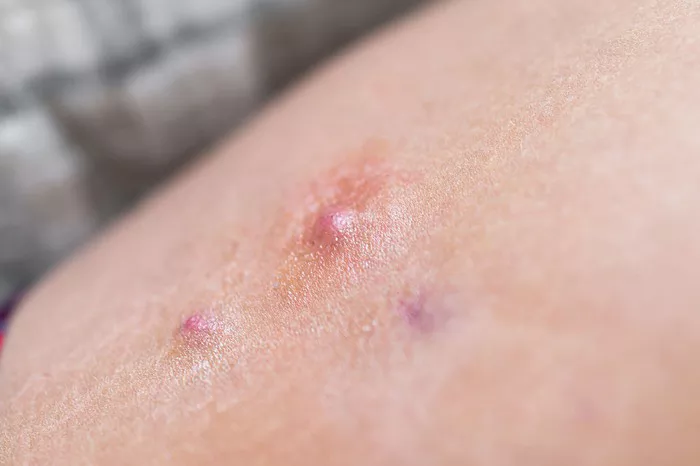Shingles, medically known as herpes zoster, is a viral infection characterized by a painful rash. The rash typically appears as a single stripe of blisters that wraps around either the left or the right side of the torso. Shingles is caused by the varicella-zoster virus, the same virus responsible for chickenpox. After a person recovers from chickenpox, the virus remains dormant in the body and can reactivate years later, causing shingles. One of the most common and debilitating symptoms of shingles is pain, particularly when it occurs in the back. This article will explore effective strategies to manage shingles back pain.
Understanding Shingles and Its Symptoms
Before delving into the management of shingles back pain, it is essential to understand the condition and its symptoms. Shingles typically begins with a tingling or burning sensation in the affected area, often accompanied by itching. This initial phase, known as the prodromal stage, can last for several days before the rash appears. The rash itself consists of fluid-filled blisters that can be extremely painful. In addition to the rash, other symptoms of shingles may include fever, headache, and fatigue.
The pain associated with shingles is due to the inflammation of the nerves where the virus is active. This nerve pain, also known as neuropathic pain, can be severe and persistent. When shingles affects the back, it can significantly impact a person’s quality of life, making it difficult to perform daily activities.
Medical Treatment Options
Antiviral Medications
The primary treatment for shingles involves antiviral medications. These drugs, such as acyclovir, valacyclovir, and famciclovir, help to reduce the severity and duration of the infection. To be most effective, antiviral treatment should begin within 72 hours of the appearance of the rash. While these medications do not directly relieve pain, they can help to minimize the overall impact of the virus, thereby potentially reducing the intensity of the pain.
Pain Relief Medications
Pain management is a critical aspect of treating shingles, particularly when it involves the back. Over-the-counter (OTC) pain relievers, such as acetaminophen and nonsteroidal anti-inflammatory drugs (NSAIDs) like ibuprofen, can be effective in managing mild to moderate pain. For more severe pain, prescription medications may be necessary. These can include:
- Opioids: In cases of severe pain, opioids such as oxycodone or hydrocodone may be prescribed. These medications are potent pain relievers but come with the risk of dependence and should be used under strict medical supervision.
- Anticonvulsants: Drugs like gabapentin and pregabalin, which are typically used to treat epilepsy, can be effective in managing neuropathic pain associated with shingles.
- Antidepressants: Certain antidepressants, particularly tricyclic antidepressants like amitriptyline and nortriptyline, can help to alleviate nerve pain.
- Topical Treatments: Capsaicin cream and lidocaine patches can be applied directly to the affected area to provide localized pain relief.
Steroids
In some cases, corticosteroids may be prescribed to reduce inflammation and swelling. However, the use of steroids in treating shingles is somewhat controversial, and they are not recommended for all patients.
Home Remedies and Lifestyle Changes
In addition to medical treatments, there are several home remedies and lifestyle changes that can help manage shingles back pain.
Cold Compresses
Applying a cold compress to the affected area can help to soothe the pain and reduce inflammation. Wrap a few ice cubes in a towel or use a cold pack and apply it to the back for 10-15 minutes at a time. Avoid applying ice directly to the skin, as this can cause frostbite.
Calamine Lotion
Calamine lotion can provide relief from itching and discomfort. It can be applied gently to the rash several times a day.
Oatmeal Baths
Taking an oatmeal bath can help to relieve itching and soothe irritated skin. Add finely ground oatmeal to a lukewarm bath and soak for 15-20 minutes.
Maintain Good Hygiene
Keeping the rash clean and dry is essential to prevent secondary infections. Avoid scratching or picking at the blisters, as this can lead to scarring and infection.
Healthy Diet
A balanced diet rich in vitamins and minerals can support the immune system and aid in recovery. Foods high in vitamin C, vitamin E, and zinc can be particularly beneficial.
SEE ALSO: How Long Does Disseminated Shingles Last
Alternative Therapies
Several alternative therapies may offer additional relief from shingles back pain.
Acupuncture
Acupuncture, a traditional Chinese medicine practice, involves inserting thin needles into specific points on the body. Some studies suggest that acupuncture can help to reduce pain and improve overall well-being in people with shingles.
Yoga and Stretching
Gentle yoga and stretching exercises can help to alleviate tension and improve flexibility, which may reduce pain. Focus on exercises that target the back and promote relaxation.
Mindfulness and Meditation
Mindfulness and meditation practices can help to reduce stress and improve pain management. Techniques such as deep breathing, guided imagery, and progressive muscle relaxation can be beneficial.
Preventing Complications
Postherpetic Neuralgia
One of the most significant complications of shingles is postherpetic neuralgia (PHN), a condition where the pain persists long after the rash has healed. PHN can last for months or even years and can be particularly challenging to treat. Early and aggressive treatment of shingles can help to reduce the risk of developing PHN.
Vaccination
The shingles vaccine, Shingrix, is recommended for adults over the age of 50, even if they have previously had shingles or received the older vaccine, Zostavax. Shingrix has been shown to be highly effective in preventing shingles and reducing the severity of the disease in those who do get it.
Psychological Support
Living with chronic pain can take a toll on mental health. Seeking psychological support, whether through counseling, support groups, or online forums, can be an essential component of managing shingles back pain.
Counseling and Therapy
Talking to a therapist or counselor can help to address the emotional and psychological impact of chronic pain. Cognitive-behavioral therapy (CBT) is particularly effective in helping people develop coping strategies and manage pain.
Support Groups
Joining a support group, either in person or online, can provide a sense of community and understanding. Sharing experiences and tips with others who are going through similar challenges can be incredibly supportive.
Conclusion
Shingles back pain can be a severe and debilitating condition, but with the right combination of medical treatments, home remedies, and lifestyle changes, it is possible to manage the pain effectively. Early intervention with antiviral medications is crucial, and various pain relief options, both pharmaceutical and non-pharmaceutical, can help to alleviate discomfort. Alternative therapies and psychological support can also play a significant role in the overall management of shingles back pain. By taking a comprehensive approach, individuals can find relief and improve their quality of life despite this challenging condition.
Related Topics:

























